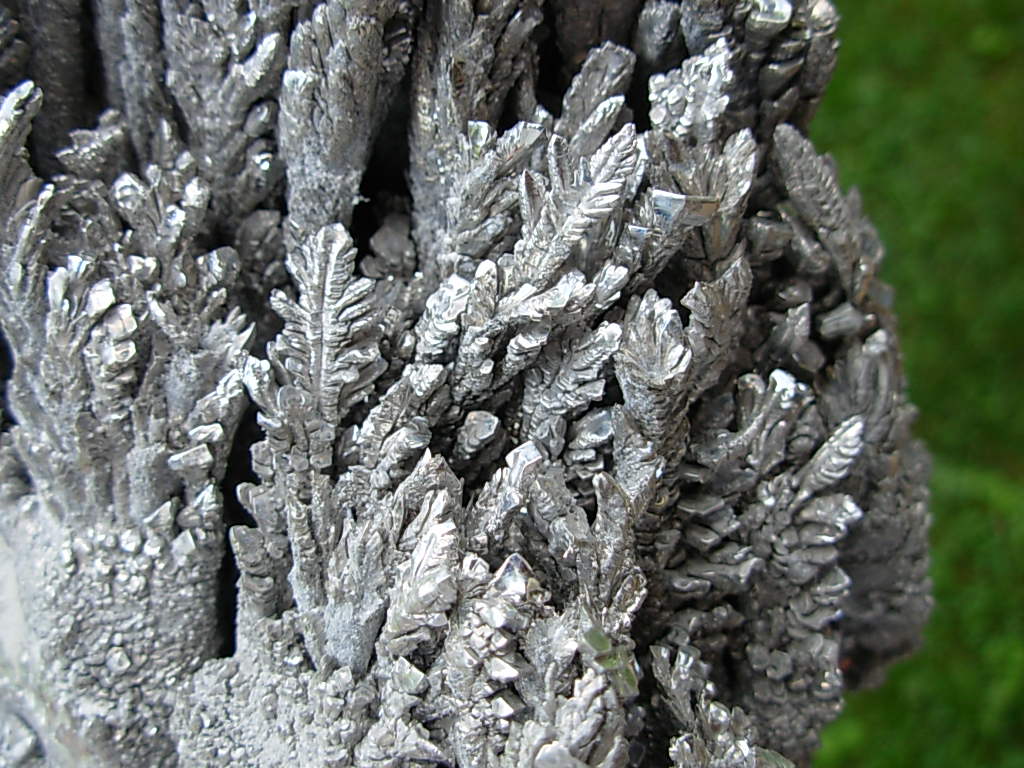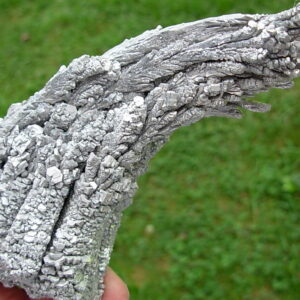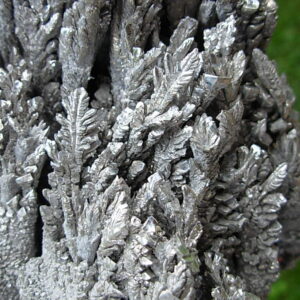Magnesium Metal
Magnesium Metal
Magnesium is the lightest of all metal elements and is primarily used in structural alloys due to its lightweight, strength, and resistance to corrosion. There are over 60 different minerals known to have a magnesium content of 20% or greater, making it the eighth most abundant element in the earth's crust. But when water bodies are accounted for, magnesium becomes the most abundant element on the surface of the earth.
Magnesium Metal’s characteristics are similar to its sister metal aluminum. It not only has the lowest density of all metal elements, making it the lightest, but it is also very strong, highly resistant to corrosion and easily machinable. Magnesium is used in military flares and tracer bullets. It was widely used in the 1950’s and 60’s in production of custom “Mag Wheels” for hot rod car enthusiasts. These wheels were light weight and strong and helped decrease total car weight.
The current production cost for magnesium is about 20% higher than aluminum when sourced locally. Import Magnesium can run as high as double the cost of aluminum. Magnesium is still used in various auto parts and also in medicines like Milk of Magnesia and Epsom Salts.
Magnesium is a moderately hard, silvery-white metal. It is the lightest of all structural metals. These metals are strong enough to be used to build buildings, bridges, automobiles, and airplanes. Magnesium is easily fabricated. Fabrication means shaping, molding, bending, cutting, and working with a metal. Metals must be fabricated before they can be turned into useful products. Metals that are strong, tough, or hard are not easily fabricated. They must be converted to an alloy. A metal that is more easily fabricated (such as magnesium) is combined with them.
Specimens of Magnesium Metal are not often found for collectors, but do exist and are very interesting to hold and study the unique formations of this interesting metal. This natural alkaline earth metal has atomic number 12 and element symbol Mg. The pure element is a silver-colored metal, but it tarnishes in air to give it a dull appearance. Magnesium metal is light (one-third lighter than aluminum), silvery-white, and relatively tough. The metal tarnishes slightly in air. Finely divided magnesium ignites upon heating in air, burning with a bright white-hot flame. This characteristic allows this to be used in many incendiary devices.



